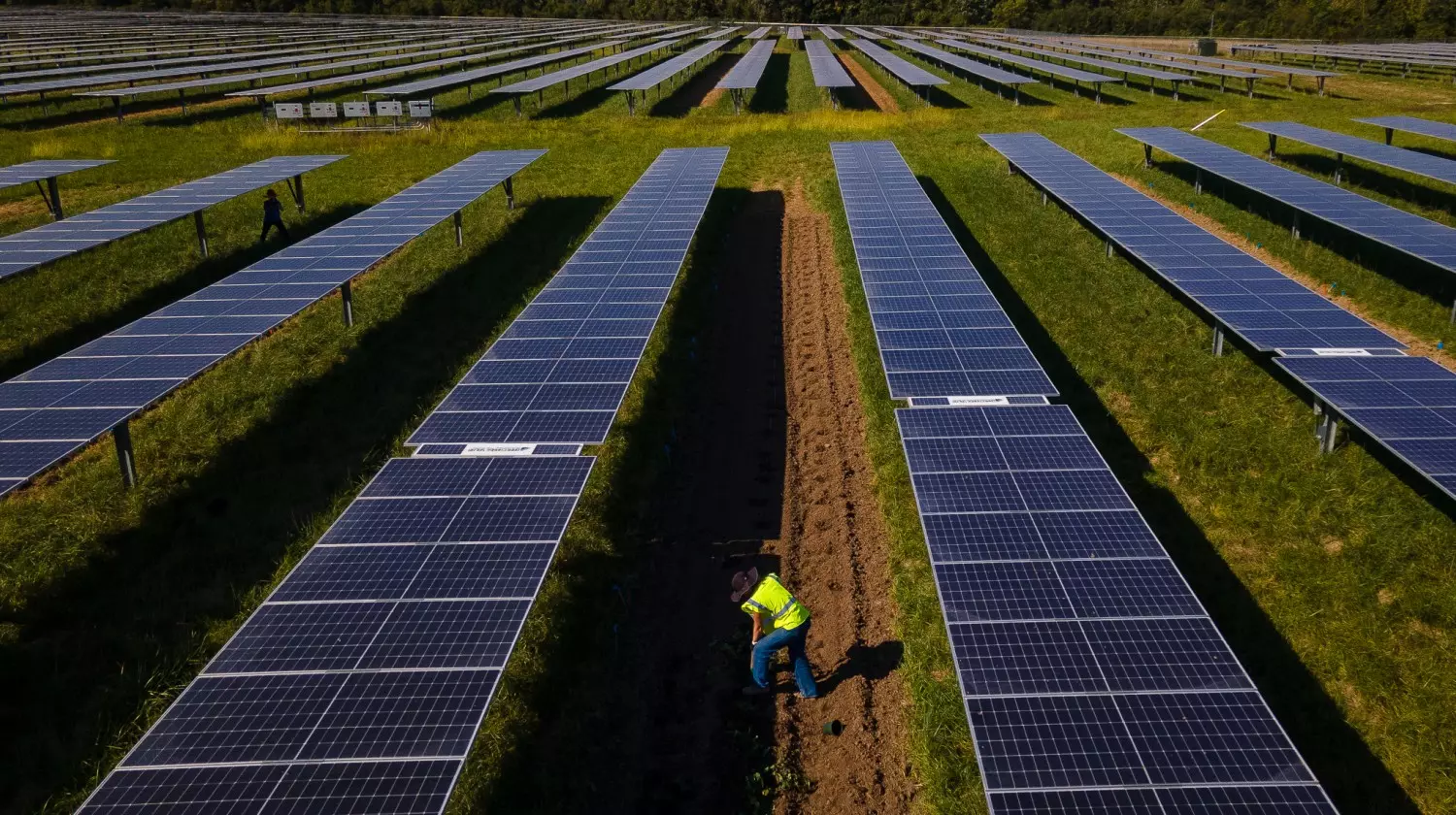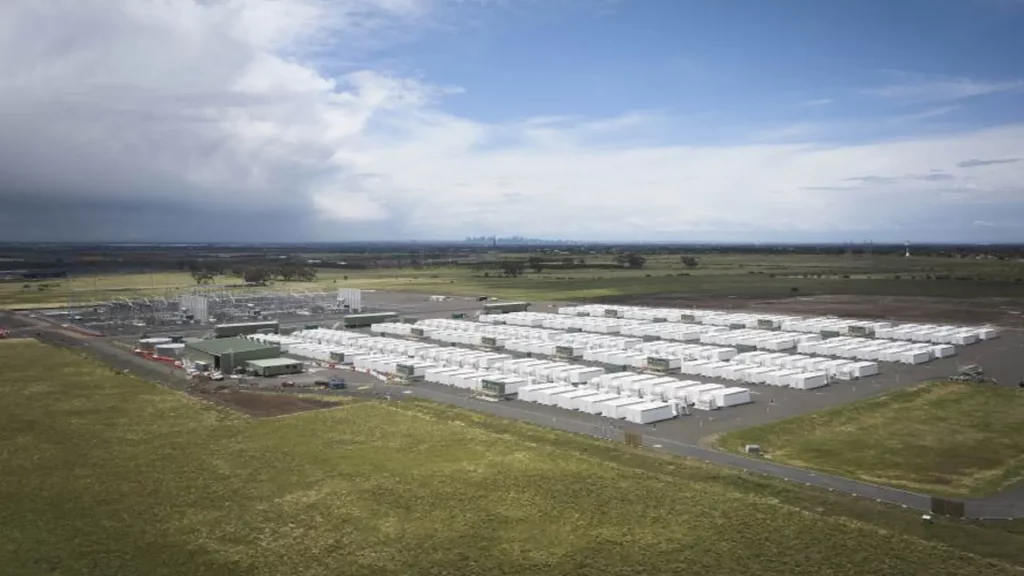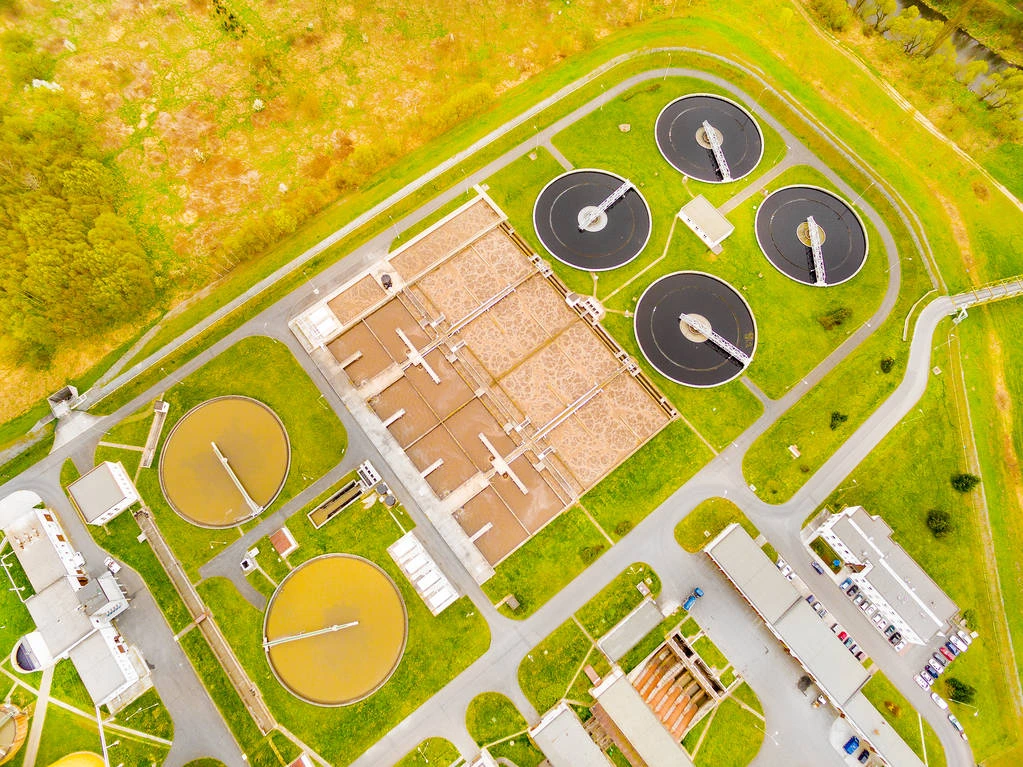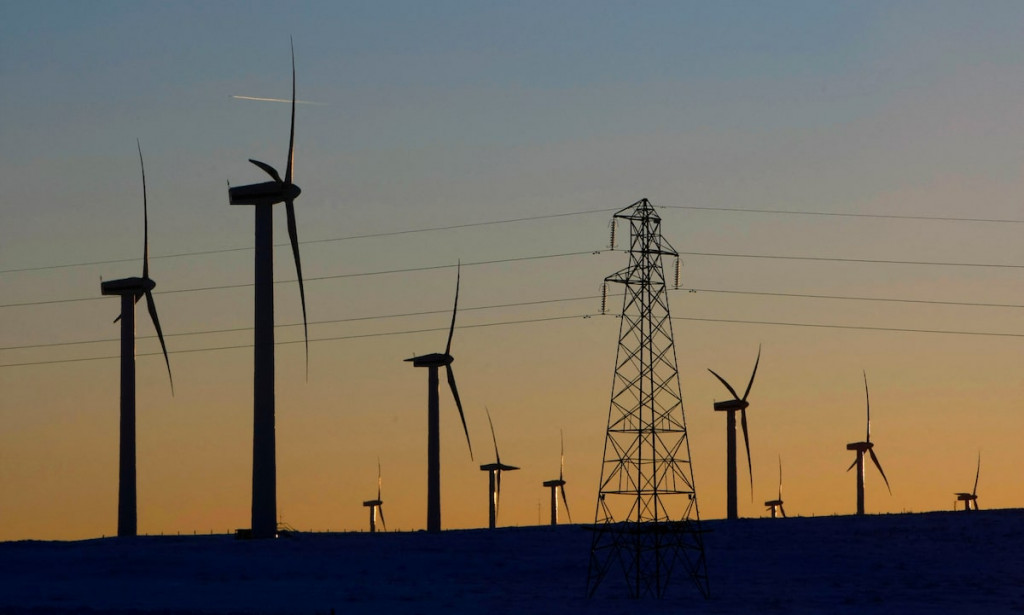
Agrovoltaics: The Science Shaping the Food and Energy Resilience of the Future
11.11.2025How a systematic agrivoltaic model from the U.S. opens new opportunities for Ukraine
From Simulation to Strategy
A new study, “Advancing Agrivoltaics through a Systematic Design Framework,” conducted by an interdisciplinary team from the University of Illinois, NREL, and other U.S. research centers, has become a breakthrough in the field of agrivoltaics — a technology that combines electricity generation and crop cultivation on the same land.
The researchers have developed the world’s first open-source model for systemic design of agrivoltaic farms, integrating solar generation, agricultural productivity, and economic efficiency.
The Python-based platform MOOD (Multi-Objective Optimization Design) allows users to predict the balance between energy output and crop yield, taking into account panel height, spacing, shading, microclimate, and profitability.
The Conflict of Light and Shadow: Where the Optimum Lies
The study confirmed that it is impossible to maximize both energy generation and crop yield simultaneously. The ideal system lies on the Pareto front — the balance point between the two goals.
🔹 Increasing panel spacing raises soybean profit by 75% but reduces electricity generation by 55%.
🔹 Panel height should be about 1.8 times higher than plant height — optimizing light distribution and allowing for unobstructed machinery operation.
🔹 40% of the land under panels should remain available for cultivation — the most efficient ratio between agricultural and energy income.
These findings not only refine design principles but also lay the foundation for a new paradigm of agro-energy, where food and energy no longer compete but complement one another.
From Model to Policy
The authors propose using their framework as a tool for public planning.
For Ukraine, this opens a unique opportunity — to create Energy-Food Security Zones on degraded or demined lands in the south and east.
Such a model could become part of the post-war recovery strategy, combining solar generation, local farming, and new employment opportunities.
For the global community of Global 100 RE Ukraine, this study serves as a guidepost.
It proves that agrivoltaics is not just a technological trend but a strategic instrument of national resilience, balancing energy, agriculture, and climate challenges.
Ukraine has all the prerequisites to become a laboratory for large-scale AgroPV implementation, adapting models to local crops and climate conditions.
In an era where food security becomes part of energy policy, agrivoltaics is a bridge between sun and soil, between science and strategy, between recovery and sustainable future.
Become a member of 100 RE UA
Switching to 100% renewable energy in Ukraine is possible!




